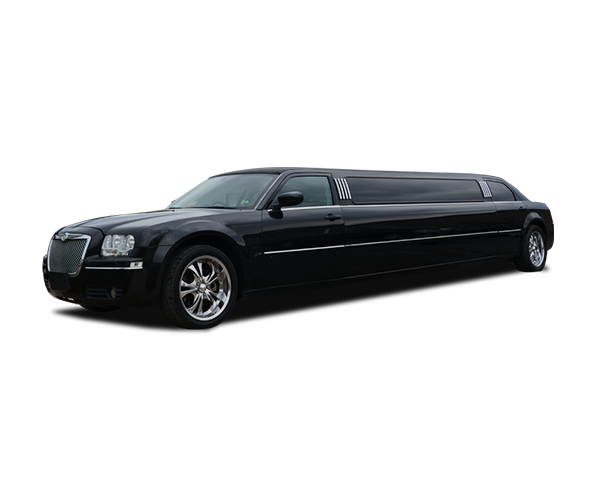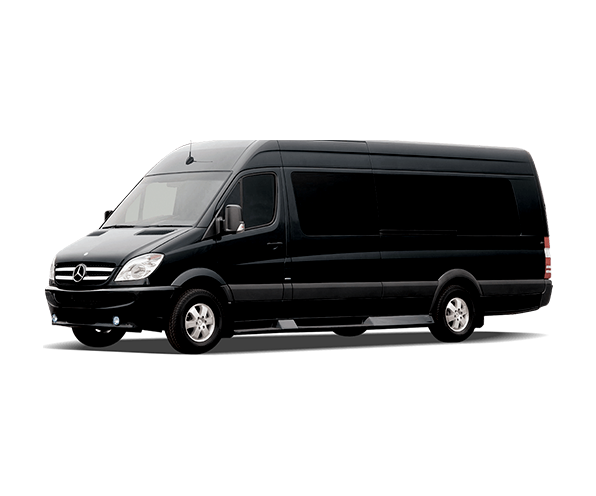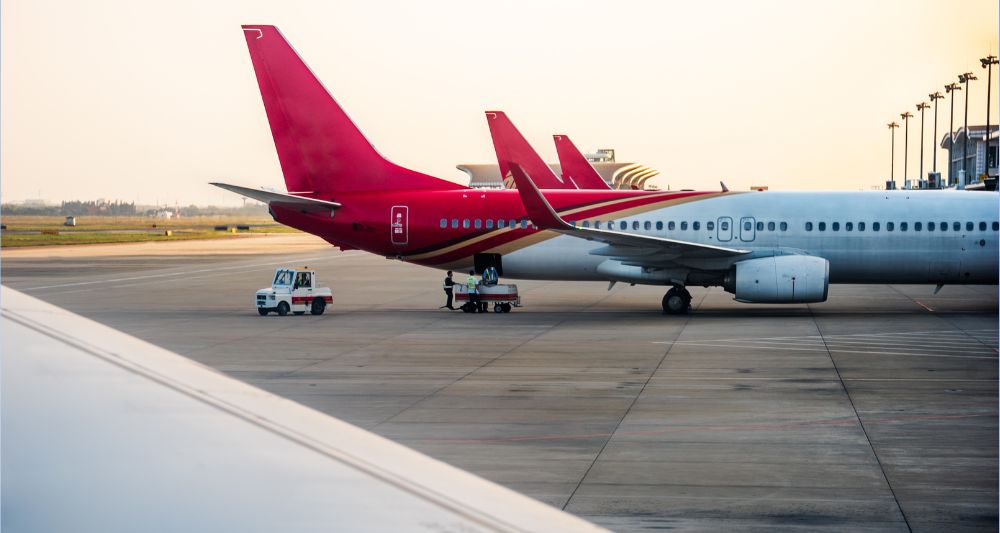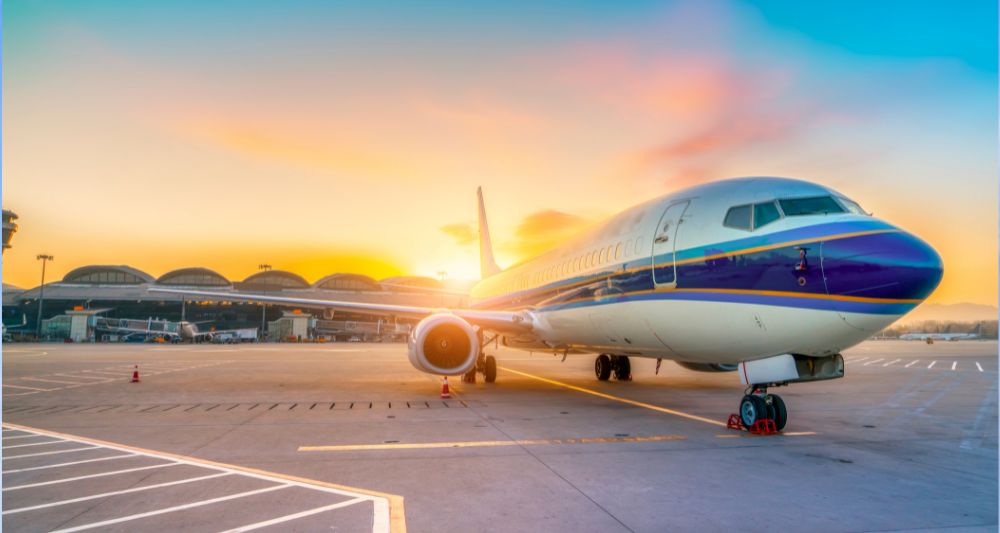
Find Your Next Limousine Ride
Arrive in elegance, depart in luxury.
Iconic Cities
Discover the Allure of Iconic U.S. Cities with Black Urban
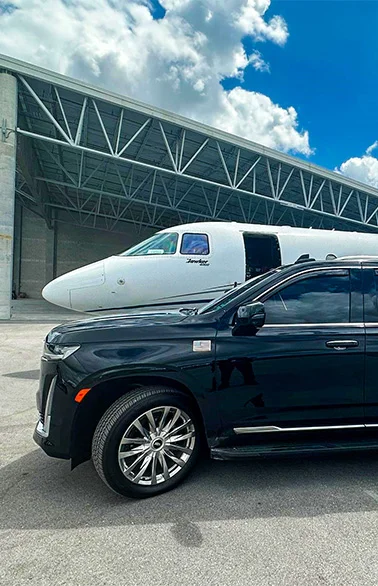

Welcome to Black Urban Chauffeured Limo Company
We proudly claim Black Urban is the leading limousine company providing world-class transportation Black Car services across the United States and beyond in other regions. We aim to offer an unmatched chauffeured limousine experience that is a testimony to the epitome of refined travel. At the core of our service is a fleet of luxury vehicles and internationally known and highly skilled chauffeurs alongside the management team to ensure unparalleled comfort and elegance. Whether you're en route to a pivotal business meeting, commemorating a special life event, or simply treating yourself to the luxury of unhurried travel, Black Urban is passionate about enhancing your experiences.
At Black Urban, we go beyond merely transporting you; we aspire to make your travel experience memorable and delightful. We specialize in curating bespoke transportation solutions that cater impeccably to your occasion. Here, our chauffeurs are not just drivers but consummate professionals, meticulously trained in safety protocols and the nuances of stellar customer care. They ensure that your travel is not only safe but infused with an aura of exclusivity and satisfaction. Opt for Black Urban for your next luxury voyage and experience why we are the epitome of sophisticated black car limousine services, delivering a ride and a journey filled with grace and luxury.
Our Executive Black Car Service
You can travel with comfort and safety by saving your time and energy
Our All Black Car Fleets
Choose according to your desire and circumstances

Why choose us
Choosing Black Urban is a decision to immerse yourself in the apex of luxury transport with high-value experience throughout. Our unshaken devotion to greatness guarantees a natural blend of comfort, dependability, and tailored experiences. Whether you're seeking black car limo service or a limo in Chicago, Atlanta, Miami, or other cities, we cater to every nuance of your travel needs with our diversified, pristine fleet and competitive pricing that demystifies luxury. Choose Black Urban to discover why we are celebrated by those who value distinction in their travel choices. Every journey is crafted to be an unforgettable chapter in your life's story, characterized by luxury and meticulous attention to detail.
















